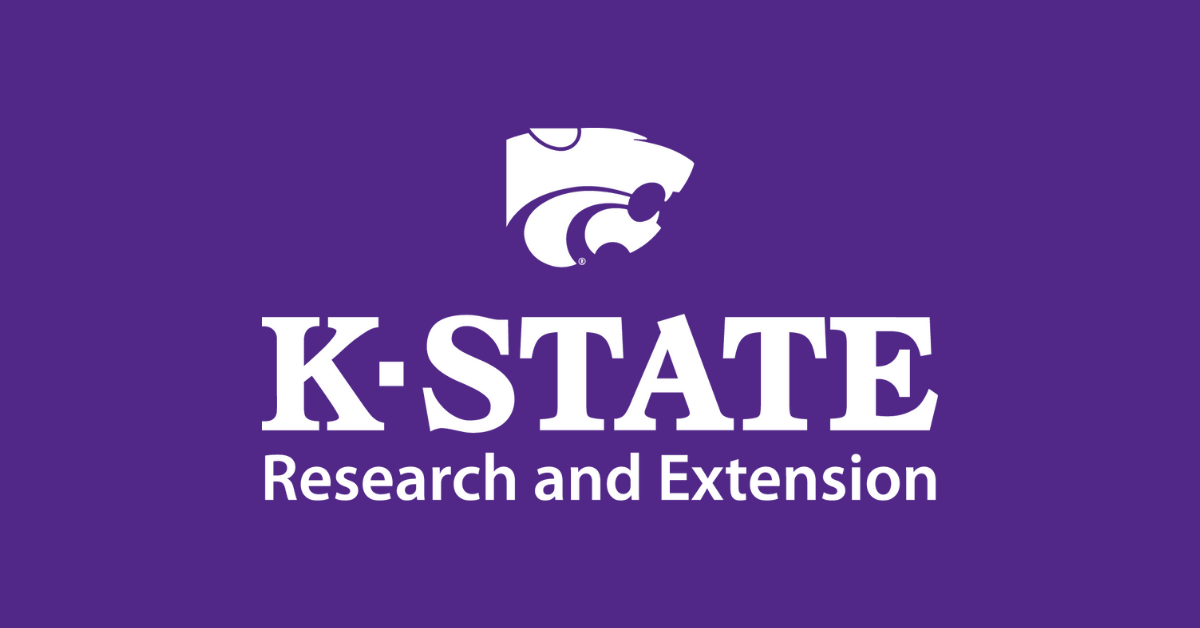
K-State expert outlines key changes in the 2024 Chemical Weed Guide
Lancaster explains changes in chemical weed control in Kansas
Dec. 21, 2023
By Maddy Rohr, K-State Research and Extension news service
MANHATTAN, Kan. – A Kansas State University weed specialist says an annual publication that outlines guidelines for chemical control in Kansas has undergone several key changes.
Sarah Lancaster says the university’s 2024 Chemical Weed Guide includes new guidelines for labeling, legal application practices and product use that applicators should be aware of.
One of the major changes is the registration of atrazine-containing herbicides with 24(c) labels.
“The atrazine 24(c) label has not been extended for row crop stubble,” Lancaster said. “So that means that if you have typically applied atrazine in the fall -- say to milo stubble or corn stubble -- that's no longer a labeled application.”
Lancaster said that changes to regulations do not include the use of atrazine on wheat stubble.
“Atrazine has long been under scrutiny from environmental groups, and this is one change to maintain the ability to use that very important product,” she said.
New herbicide products include Kyro, a postemergence herbicide for corn. The active ingredients in Kyro are similar to Resicore. The difference between Kyro and Resicore is that Kyro contains topramazone, which only has postemergence activity, compared to mestotrione that provides preemergence and postemergence activity in Resicore.
“It can only be applied postemergence to corn, so it's labeled for emerged corn up to 24 inches tall,” Lancaster said.
Another new herbicide is Store, which is similar to Acuron but with added pyroxasulfone,
“If you're going to kill a weed with herbicides, you have to kill it twice with each application,” Lancaster said. “As we think about herbicide resistance management, Storen contains two effective active ingredients from both group 27 herbicide and group 15.”
Lancaster said she is often asked why atrazine is not in a premix.
“We know we're going to put atrazine down on our corn acres, so this decision is tied back to the discussion about the attention that atrazine gets from the environmental groups,” she said
“We expect changes in the atrazine labels that cause us to be more site specific in our rate. You are not able to use the same rate across all of your acres because of soil textures and land capabilities and things of that nature, so this allows farmers to have a premix for most of the active ingredients they need, and then they can add the appropriate amount of atrazine as they plan the rest of their herbicide program.”
A new herbicide product for wheat is Tarzac, hitting the market this winter. Similar to many recently released wheat herbicides, it contains halauxifen, a group 4 herbicide that acts similar to 2-4-D. It also contains the active ingredient pyroxsulam, a group 2 herbicide also found in PowerFlex.
“This could be a good component of your herbicide program if you have marestail (also called horseweed), mustards, or if you have problems with any of the weedy brome, cheatgrass or Japanese brome,” Lancaster said.
The guide for cotton has also been updated. Lancaster notes that farmers can use Zidual impregnated on dry fertilizer for their herbicide needs in cotton.
Lancaster said the 2024 Chemical Weed Guide also features some naming changes.
“One of the minor changes this year affecting several places in the guide was the decision to rebrand some of the imazamox products, the herbicide for Clearfield crops,” Lancaster said.
Previously labeled Raptor for soybeans and alfalfa, that company has combined uses and branded the product as Beyond Xtra.
“This year, prices were largely steady with some prices less than 2023, namely glyphosate (Roundup, for example) and glufosinate (Liberty, for example),” she said.
The 2024 Chemical Weed Guide is available online and print copies will be available after Jan. 1 from the K-State Research and Extension bookstore.
“County and district extension educators will have weed guides available at winter programs including farm shows, and other presentations,” Lancaster said. “There's going to be four corn and soybean schools around the state sponsored by the corn commission and the soybean commission, as well as a series of weed schools as we get later into the winter where extension clients can pick up a paper copy.”
The use of trade names is for clarity to readers and does not imply endorsement of a particular product, nor does exclusion imply non-approval. Always consult the herbicide label for the most current use requirements.
At a glance
K-State weed specialist Sarah Lancaster says the university’s 2024 Chemical Weed Control publication has undergone several key updates to address new products and meet current guidelines.
Website
K-State Department of Agronomy
Notable quote
“County and district extension educators will have weed guides available at winter programs including farm shows, and other presentations."
— Sarah Lancaster, weed specialist, K-State Research and Extension
Source
Sarah Lancaster
slancaster@ksu.edu
Written by
Maddy Rohr
Maddy23@ksu.edu
For more information:
2024 Chemical Weed Control for Field Crops, Pastures, Rangeland, and Noncropland

K‑State Research and Extension is a short name for the Kansas State University Agricultural Experiment Station and Cooperative Extension Service, a program designed to generate and distribute useful knowledge for the well‑being of Kansans. Supported by county, state, federal and private funds, the program has county extension offices, experiment fields, area extension offices and regional research centers statewide. Its headquarters is on the K‑State campus in Manhattan. For more information, visit www.ksre.ksu.edu. K-State Research and Extension is an equal opportunity provider and employer.